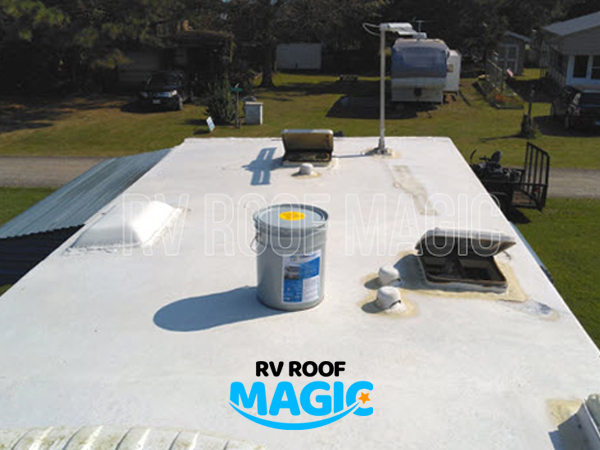Weather significantly impacts the longevity and performance of your RV roof. As your vehicle faces harsh conditions over time, it’s essential to know when to schedule repairs to avoid more significant issues down the road. Keeping up with RV roof maintenance, especially in response to changing weather, can extend the life of your roof and keep your RV in optimal shape.
How Different Weather Conditions Affect Your RV Roof
Heat and Sun Exposure
Extended exposure to high temperatures and intense sunlight can cause severe wear and tear on your RV roof. UV rays can break down the materials, making them brittle, and cause cracking, which leads to leaks over time. These leaks can become extensive if not addressed early. Heat also contributes to expansion and contraction in your roof’s structure, leading to stress on seals and seams, which can further increase the risk of leaks.
Rain and Moisture
Heavy rain is another common culprit when it comes to RV roof repair. Water is hazardous because it seeps into cracks and gaps in your roof, which can lead to water damage inside your RV. This is especially problematic if the roof has sustained minor damage from wear or UV rays. Over time, unchecked water infiltration can lead to mold and mildew, causing damage to the interior of the vehicle.
Regular inspections after storms or rainy periods are essential to detect potential issues. Ensuring that your roof is sealed correctlyprevents rain from reaching vulnerable areas. Products like liquid sealants or coatings can help patch up small cracks and reinforce weakened sections of your roof.
Snow and Ice
The roof faces additional stress if your RV is exposed to snow and freezing temperatures. Snow accumulation adds weight to your roof, which can cause sagging over time, especially if there are structural vulnerabilities. Ice can also form along the roof seams, expanding and contracting as the temperature fluctuates, and can also contribute to leaks.
While snow removal is one important step, ensuring the roof’s sealants and materials are in good shape before winter hits can prevent significant problems. Keeping your roof well-maintained will ensure it can withstand the added weight of snow.
Wind and Storm Damage
Wind is another factor that can affect the condition of your RV roof. High winds can rip away materials, expose seams, and even dislodge parts of your roof. Storms that bring debris and hail can cause additional damage, from punctures to weakened seals. If left untreated, this damage will only worsen with time, leading to leaks and water infiltration.
When to Schedule RV Roof Repairs
Given how different weather conditions can impact your RV roof, the best strategy is regular maintenance. Inspecting your roof at least twice a year—once before and after winter—and after any severe weather event is recommended. These inspections should look for any signs of cracks, leaks, or damage to seals, seams, or vents.
If you detect any issues, schedule RV roof repair right away. Delaying repairs worsens the damage, leading to more costly repairs or even replacement of entire roof sections. Preventative sealants like those available through RV Roof Magic can be a cost-effective way to maintain your roof and extend its life.
Final Thoughts
Whether your RV is damaged by sun exposure, heavy rain, or freezing conditions, scheduling timely roof repairs is essential to keeping it in top shape. By staying ahead of weather-related wear and tear, you can ensure a longer-lasting, more durable roof that protects your RV from the elements year-round.


